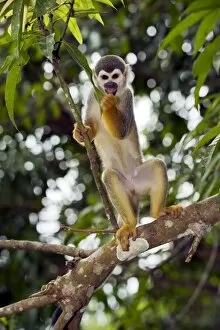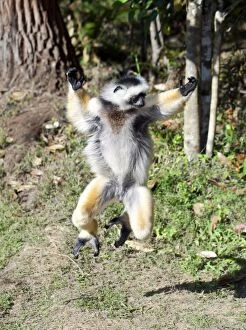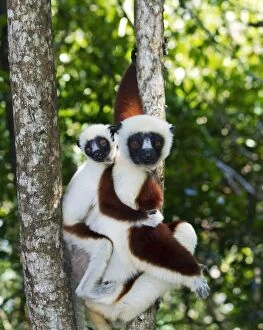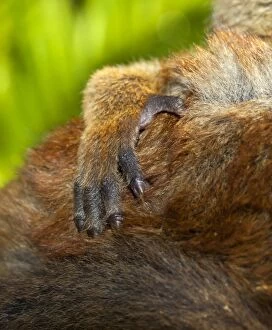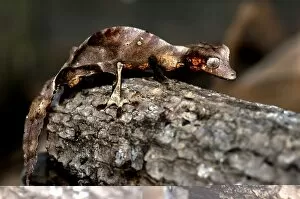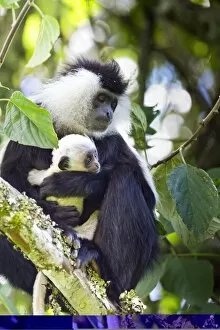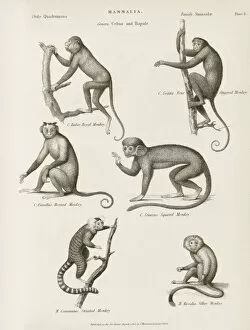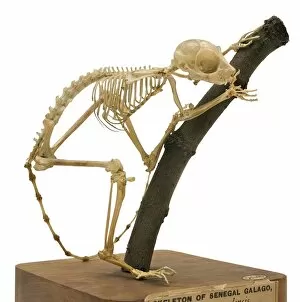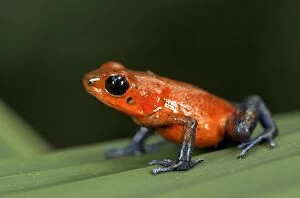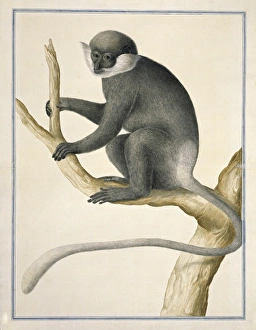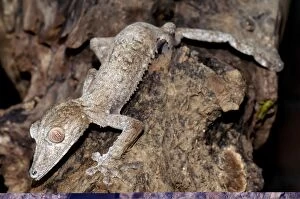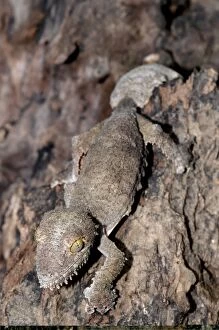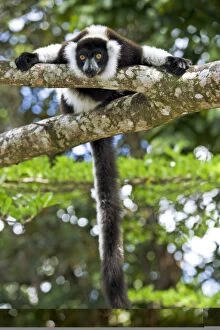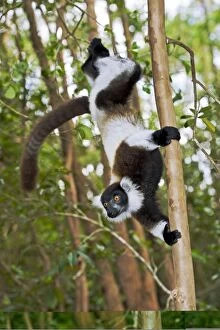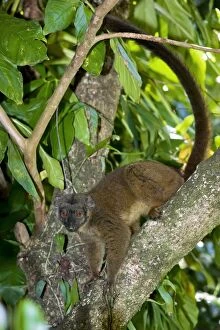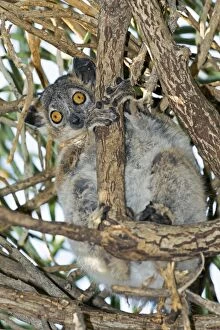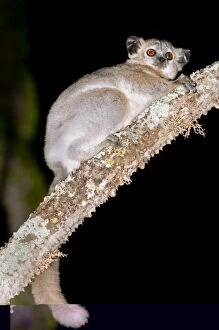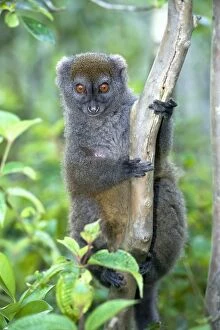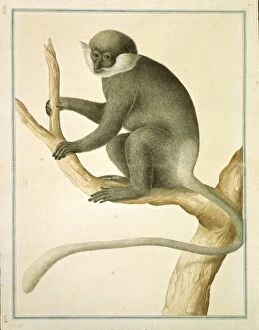Arboreal Collection (page 8)
Arboreal creatures are the true masters of the treetops, gracefully navigating their lush green kingdoms
All Professionally Made to Order for Quick Shipping
Arboreal creatures are the true masters of the treetops, gracefully navigating their lush green kingdoms. In Cairns, Far North Queensland, Australia, a vibrant Green Tree Python slithers through the branches with elegance and precision. Its emerald scales blend seamlessly with the foliage, making it nearly invisible to unsuspecting prey. Not far away in China, a Chinese water dragon perches on a branch overlooking its watery domain. With its striking colors and intricate patterns, this arboreal reptile is truly a sight to behold. Traveling across continents to Madagascar, we encounter Coquerel's Sifaka - an endangered species clinging onto survival amidst dwindling habitats. These majestic lemurs leap effortlessly from tree to tree as they search for food and evade predators. In Africa's ancient past lived Proconsul africanus - an arboreal ape that roamed the trees millions of years ago. This fascinating creature provides valuable insights into our evolutionary history. Back in Australia's eucalyptus forests resides another iconic arboreal species - the Koala. With its fluffy ears and adorable face close-up while feeding on leaves high above ground level, this marsupial epitomizes nature's perfect adaptation for life among the treetops. Venturing further west to Wyoming in America reveals a Pine Marten snarling fiercely from within its chosen arboreal refuge. This captivating wildlife model showcases both beauty and ferocity intertwined within one mesmerizing image. The red ruffed lemur holds another tale of struggle against habitat loss; now only found in remaining pockets of wilderness where it clings desperately to survival. Its vibrant coat serves as a reminder of nature's delicate balance hanging by a thread. Moving eastwards again brings us face-to-face with an Aye-aye - an endangered species known for its unique elongated fingers used for extracting insects from tree bark crevices. This nocturnal primate embodies mystery and intrigue in the arboreal realm.

